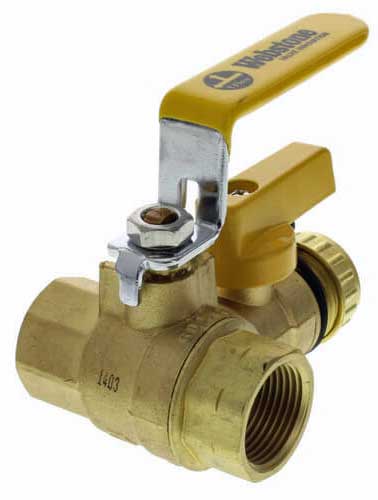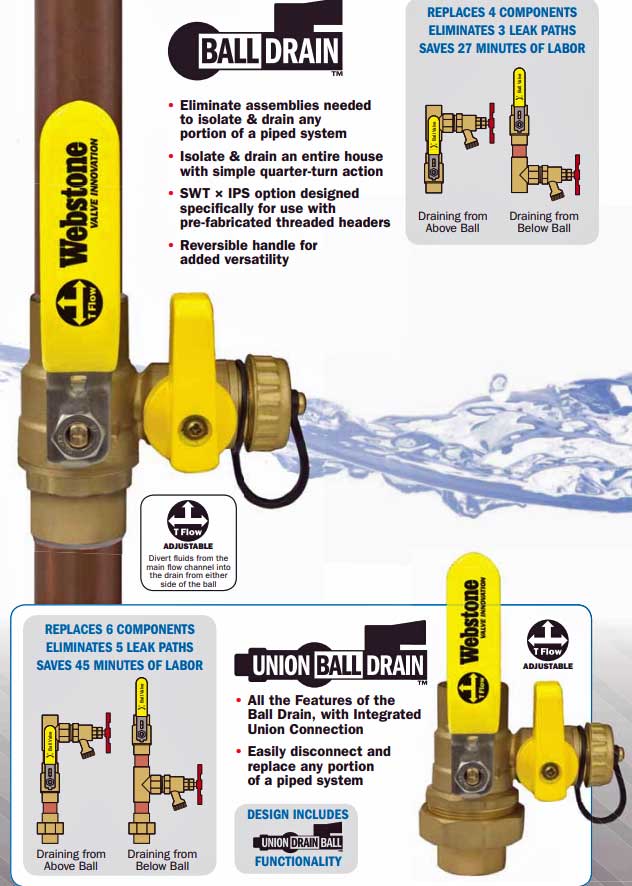Jastewart82
New Member
I am replacing my main water valve with a valve that has hose drain in hopes of automatically draining my water system to sewer when I turn off water supply at this valve.
My question is, can I run drain line to a vertical 1-1/2" cleanout under my kitchen sink and what would this setup look like?
Water valve is in crawl space up in floor joists. Cleanout is about 1' below valve and horizontal sewer line is about another foot below cleanout.
My concern is that when the water valve is closed, the sewer would be directly connected to the house plumbing (which would be drained) allowing gasses to creep into the lines. Would I need both a p trap and an airgap? Freezing is a concern, so I would prefer not to have water sitting in line or p trap, but not a deal breaker.
Thanks in advance
My question is, can I run drain line to a vertical 1-1/2" cleanout under my kitchen sink and what would this setup look like?
Water valve is in crawl space up in floor joists. Cleanout is about 1' below valve and horizontal sewer line is about another foot below cleanout.
My concern is that when the water valve is closed, the sewer would be directly connected to the house plumbing (which would be drained) allowing gasses to creep into the lines. Would I need both a p trap and an airgap? Freezing is a concern, so I would prefer not to have water sitting in line or p trap, but not a deal breaker.
Thanks in advance


